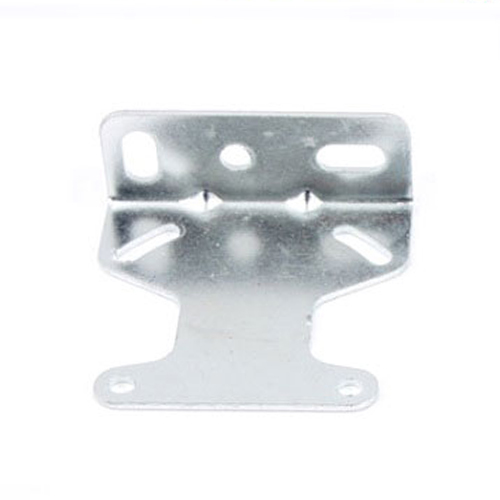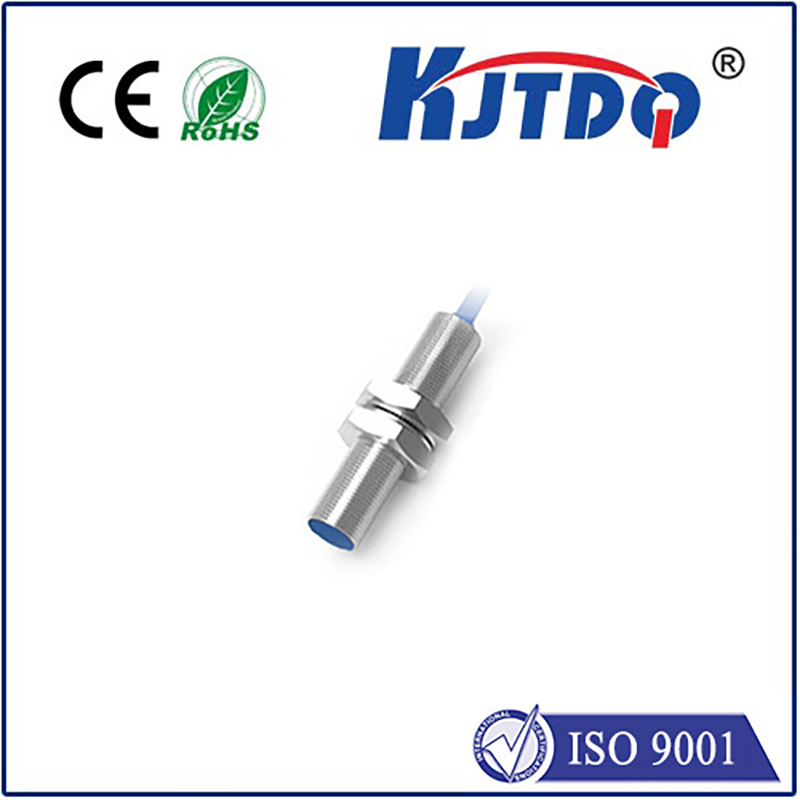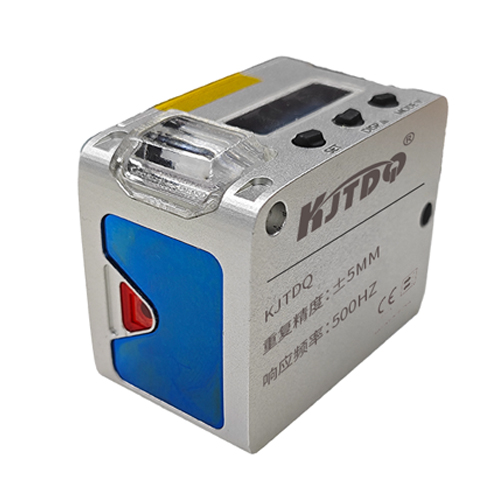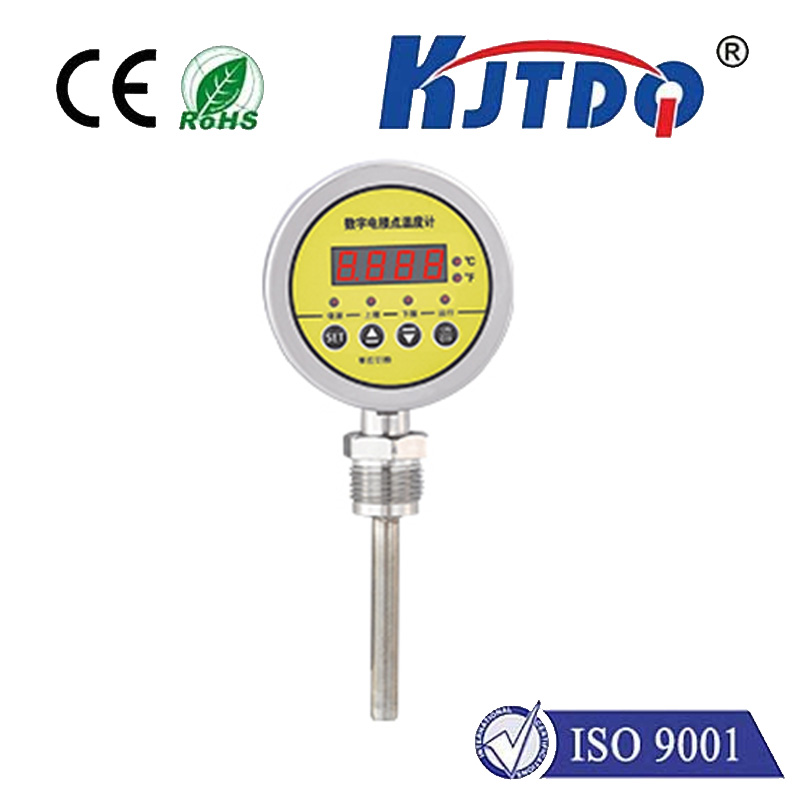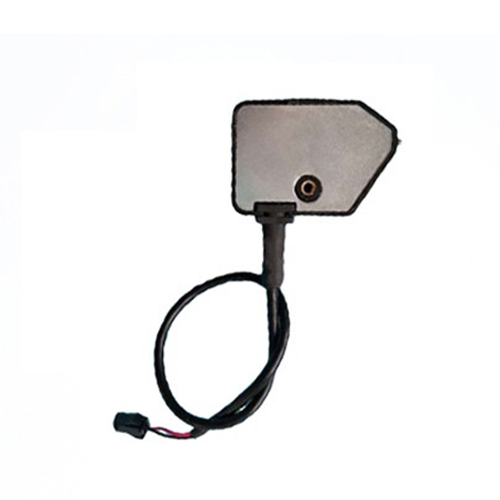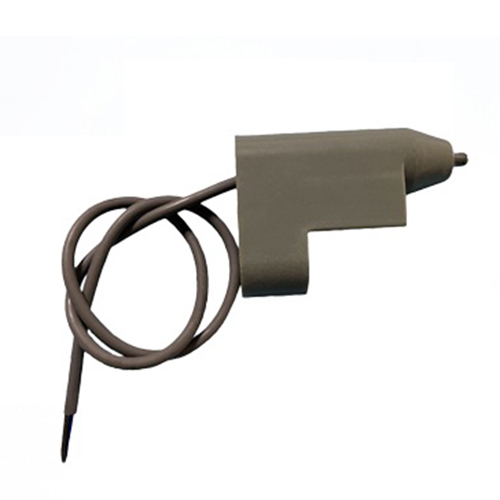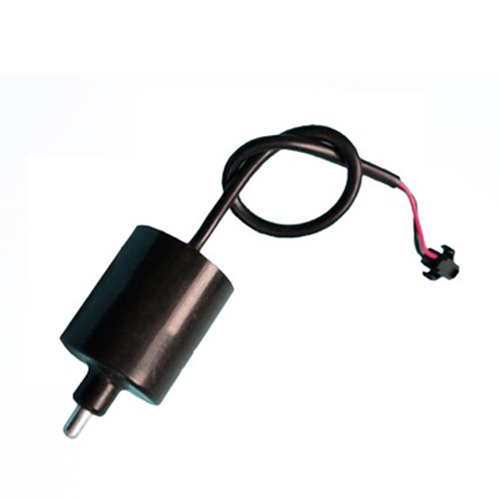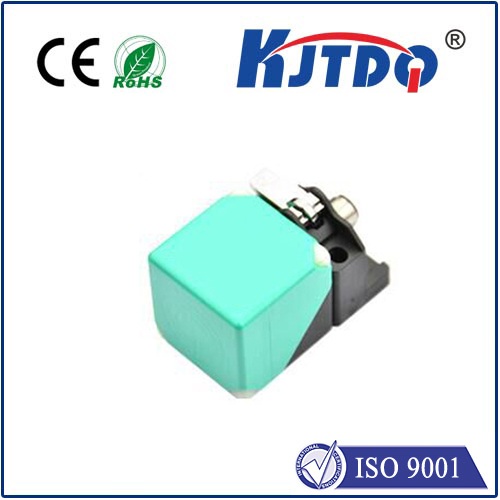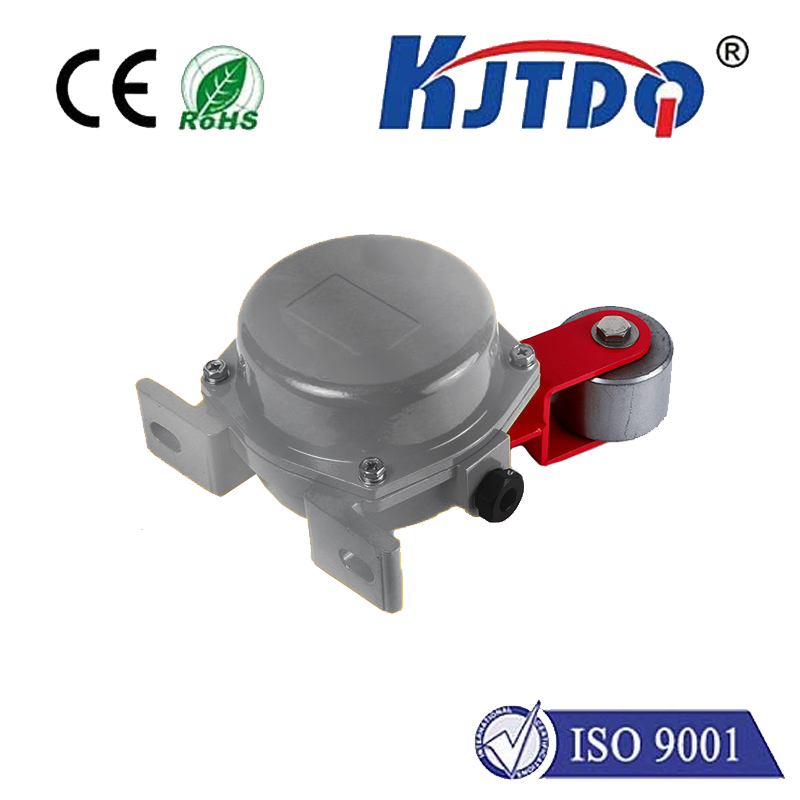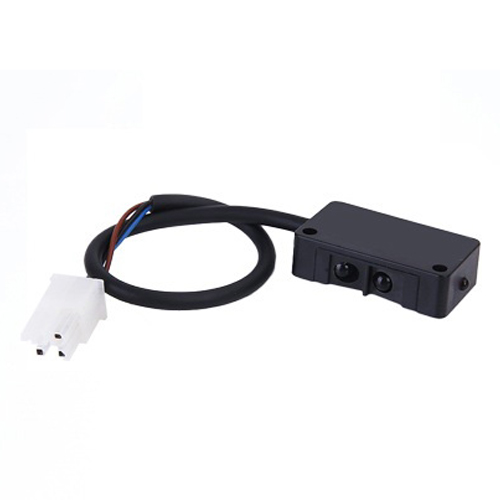

check

check

check

check
Sensor Radar Air: The Future of Intelligent Transportation
In the rapidly evolving landscape of modern transportation, the integration of advanced technologies has become essential for enhancing safety, efficiency, and sustainability. Among the most transformative innovations are sensor systems, radar technology, and air-based communication networks. These technologies work in unison to create a smarter, more responsive transportation ecosystem.
Sensors: The Eyes and Ears of Modern Vehicles Sensors are the foundation of autonomous driving and intelligent transportation systems. They detect and interpret environmental data, including speed, distance, and obstacles. Modern vehicles are equipped with a variety of sensors, such as lidar, ultrasonic, and infrared sensors, which provide real-time information to the vehicle’s control systems. These sensors help prevent accidents, optimize fuel efficiency, and improve overall driving experience. As the automotive industry moves toward electric and autonomous vehicles, the role of sensors becomes even more critical.

Radar: The Reliable Sentinel for Distance and Speed Radar (Radio Detection and Ranging) is another key component in the smart transportation ecosystem. It works by emitting radio waves and measuring the time it takes for them to bounce back, allowing the system to calculate distance and speed. Radar is particularly useful in adverse weather conditions, where visual detection is challenging. It is widely used in both automotive and aviation sectors to enhance situational awareness and improve safety.
Air: The New Frontier for Connectivity and Communication The term “air” in this context refers to the air-based communication networks, such as 5G and IoT (Internet of Things) technologies. These networks enable real-time data exchange between vehicles, infrastructure, and users, creating a seamless flow of information. Air-based communication is crucial for vehicle-to-vehicle (V2V) and vehicle-to-infrastructure (V2I) communication, which are essential for autonomous driving and smart city development.
Integration: The Synergy of Sensor, Radar, and Air The true power of these technologies lies in their integration. Sensors provide the data, radar ensures accurate distance and speed measurements, and air-based communication enables the transmission of this information across vast networks. This synergy allows for more intelligent and responsive transportation systems, where vehicles can communicate with each other and with the surrounding environment in real time.
Conclusion As we look to the future, the combination of sensor technology, radar systems, and air-based communication networks will continue to redefine the way we move and interact with our environment. These innovations are not just about convenience—they are about safety, efficiency, and sustainability. By embracing these technologies, we are paving the way for a smarter, more connected world.
Key Points
